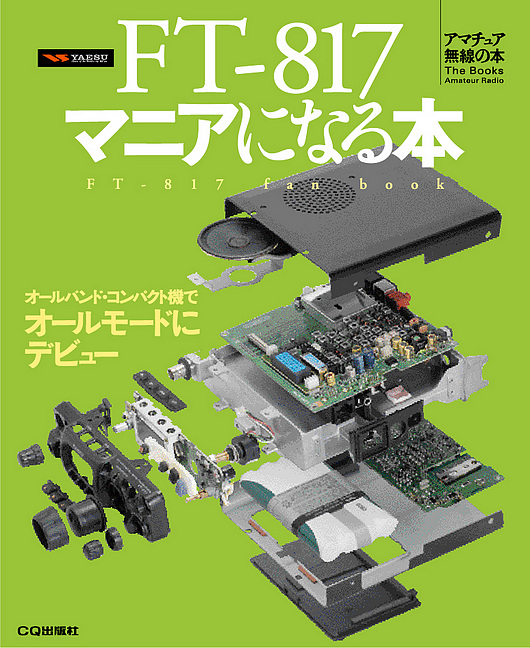 |
| Optical treebounce (0.3km total path) 10wpm CW 0.501kHz 35dB S/N |
This evening I did some further tests with optical treebounce and what I'd loosely call skyscatter. The sky was cloudless, but a little hazy. My test kit was as follows: TX (250mA high brightness red LED, 100mm optics in one room of house), RX in another room KA7OEI based head (doors closed, no light leakage) with 100mm optics. PC running Spectran positioned to minimise light pollution to RX head.
First test was 10wpm CW off the tree (0.3km path length total) with strong signals received 35dB S/N in 5.4Hz bandwidth. Signal v.clear in the earpiece too. I could just make out the red light glow in the distant tree branches. Aiming critical.
 |
| Weak QRSS60 signal received by aiming at clear sky |
Second test: TX and RX elevated to aim at roughly same patch of clear sky. QRSS60 signal sent from TX. Signals detectable in Spectran in 0.17Hz bandwidth, weakly, but definitely there. It is less clear on the capture than on the real screen. For this second test I made no great attempt to optimise the RX aim,
just aimed at what I thought was roughly the same patch of sky. Now I can't be sure whether the signal is purely from scattering off mist/dust particles or what, but I think it is unlikely signals are coming off other objects as I am aiming quite high into the sky (about 45 degrees up) clearing nearby stuff.
These tests suggest that with very slow QRSS I may be able to get a non line-of-sight optical signal to G6ALB in the next village 3km away. When the weather improves I'll go out /P with the PC and RX and see if I can detect the "forward" scattered optical baseband signal at much greater range (1-3km). With proper cloudbounce it should be better I think.
This reference looks like it should be interesting (about scattering)
http://en.wikipedia.org/wiki/Rayleigh_scattering






























